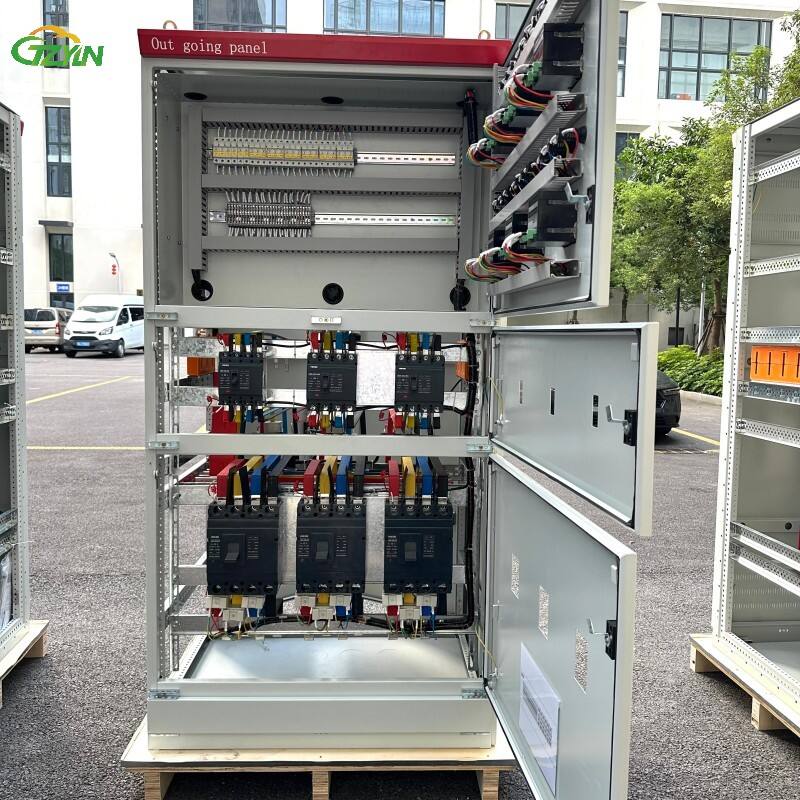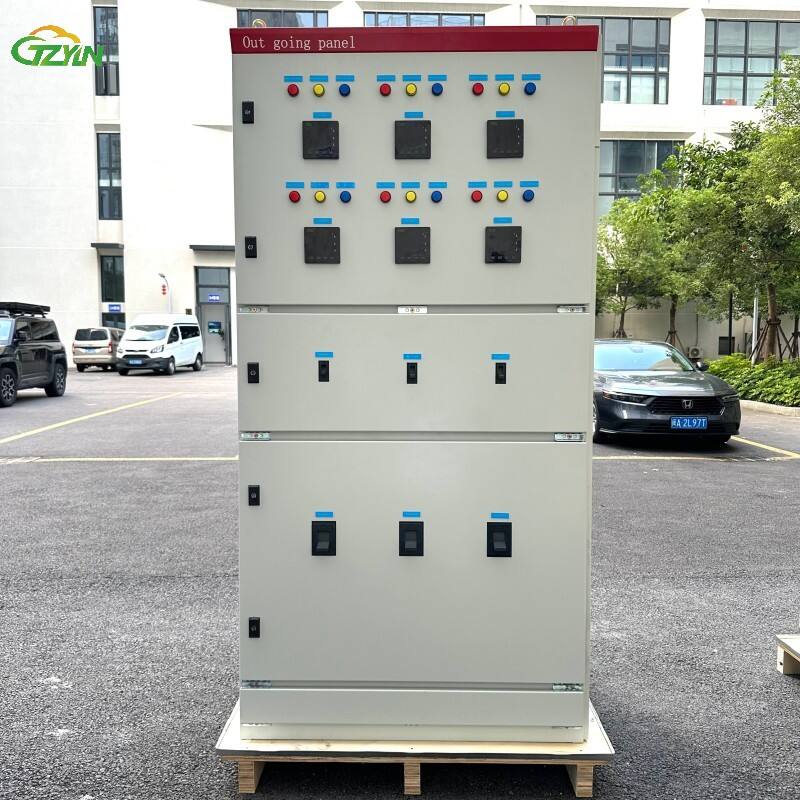Understanding Diesel Generator Parallel Systems for Enhanced Power Solutions
Power generation systems have evolved significantly over the years, and at the forefront of this evolution is the sophisticated technology of diesel generator parallel cabinets. These essential components allow multiple generators to work in harmony, providing seamless power distribution and enhanced reliability for various applications. Whether you're managing a data center, industrial facility, or critical infrastructure, selecting the appropriate diesel generator parallel cabinet is crucial for optimal performance and operational efficiency.
The modern power generation landscape demands flexible, scalable, and reliable solutions. A diesel generator parallel cabinet serves as the brain of a multi-generator setup, orchestrating the synchronized operation of multiple power units. This advanced system ensures consistent power output, load sharing, and seamless transitions between different operating modes.
Core Components and Technical Specifications
Essential Control Features
The heart of a diesel generator parallel cabinet lies in its sophisticated control system. Modern cabinets incorporate advanced digital controllers that monitor and manage various parameters in real-time. These include voltage regulation, frequency synchronization, and load sharing algorithms. The control system must be capable of quick response times and precise adjustments to maintain stable power output across all connected generators.
Quality parallel cabinets feature intuitive human-machine interfaces (HMI) that provide operators with comprehensive system status information and control options. These interfaces should display critical parameters such as power output, load distribution, and system health indicators, enabling efficient monitoring and management of the entire generator network.
Power Distribution Architecture
The power distribution components within a diesel generator parallel cabinet must be designed to handle the combined capacity of all connected generators. This includes robust bus bars, circuit breakers, and power distribution panels rated for the total system capacity. The architecture should accommodate future expansion while maintaining optimal performance under current operational requirements.
High-quality cabinets incorporate redundant power paths and protection mechanisms to ensure uninterrupted operation even in case of component failure. The distribution system should feature proper isolation capabilities and maintenance bypass options to facilitate servicing without compromising system availability.
Sizing and Capacity Considerations
Load Analysis and System Requirements
Determining the appropriate size of a diesel generator parallel cabinet begins with a comprehensive load analysis. This involves evaluating peak power demands, load patterns, and growth projections. The cabinet must be sized to handle not only the current power requirements but also accommodate future expansion plans without requiring major system modifications.
Consider factors such as starting currents, load diversity, and power factor when calculating the required capacity. A properly sized parallel cabinet ensures optimal load sharing and prevents individual generators from operating outside their efficient range.
Scalability and Future-Proofing
Modern businesses require power solutions that can grow with their needs. A well-designed diesel generator parallel cabinet should offer modular expansion capabilities. This includes sufficient space for additional control modules, power connections, and communication interfaces to integrate new generators as needed.
The control system architecture should support seamless integration of new units without requiring extensive reprogramming or system downtime. This scalability ensures that your power generation system can evolve alongside your business requirements.

Integration and Communication Protocols
Network Connectivity Options
Modern diesel generator parallel cabinets must support various communication protocols to integrate with building management systems and power monitoring networks. Standard protocols such as Modbus, BACnet, and SNMP enable comprehensive system monitoring and control from centralized management platforms.
Advanced cabinets feature ethernet connectivity, remote monitoring capabilities, and cloud integration options. These features allow facility managers to access system data, receive alerts, and even perform certain control functions from anywhere with internet connectivity.
Data Management and Analytics
The ability to collect, analyze, and act upon system performance data is crucial for optimal operation. Modern parallel cabinets incorporate advanced data logging and analytics capabilities that help identify trends, predict maintenance needs, and optimize system performance. This data-driven approach enables proactive maintenance strategies and improved operational efficiency.
Look for systems that offer comprehensive reporting tools, historical data storage, and trend analysis capabilities. These features help in making informed decisions about system operation and maintenance scheduling.
Environmental and Safety Considerations
Protection Standards and Certifications
When selecting a diesel generator parallel cabinet, ensure it meets or exceeds relevant industry standards and certifications. This includes compliance with electrical safety standards, electromagnetic compatibility requirements, and environmental protection ratings. The cabinet should provide adequate protection against dust, moisture, and other environmental factors based on the installation location.
Consider the operating environment's temperature range, humidity levels, and altitude when evaluating cabinet specifications. These factors can significantly impact system performance and reliability over time.
Emergency Response and Safety Features
Safety features are paramount in power generation systems. Quality diesel generator parallel cabinets incorporate comprehensive protection mechanisms including emergency shutdown capabilities, overcurrent protection, and ground fault monitoring. These systems should respond quickly to abnormal conditions while maintaining system stability.
Look for cabinets with built-in fire detection and suppression interfaces, emergency power off (EPO) systems, and proper isolation mechanisms. The control system should provide clear alarm indicators and facilitate rapid response to emergency situations.
Frequently Asked Questions
How does a diesel generator parallel cabinet improve system reliability?
A diesel generator parallel cabinet enhances system reliability by enabling load sharing between multiple generators, providing redundancy, and ensuring seamless power distribution. If one generator fails or requires maintenance, the system can automatically redistribute the load among remaining units, maintaining continuous power supply to critical loads.
What maintenance requirements should be considered for parallel cabinets?
Regular maintenance of diesel generator parallel cabinets includes inspection of control systems, cleaning of components, verification of communication interfaces, and testing of protection mechanisms. It's recommended to establish a preventive maintenance schedule that includes both visual inspections and functional testing of critical components.
How can I ensure my parallel cabinet system is future-proof?
To future-proof your parallel cabinet system, choose a solution with modular design, expandable control systems, and support for modern communication protocols. Ensure the cabinet has sufficient physical space and electrical capacity for additional generator connections, and verify that the control system can be upgraded to accommodate new features and requirements.


